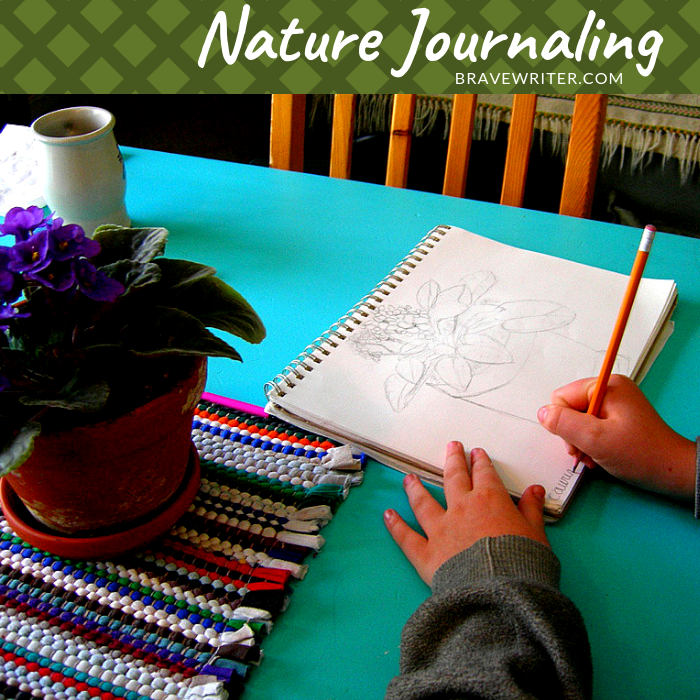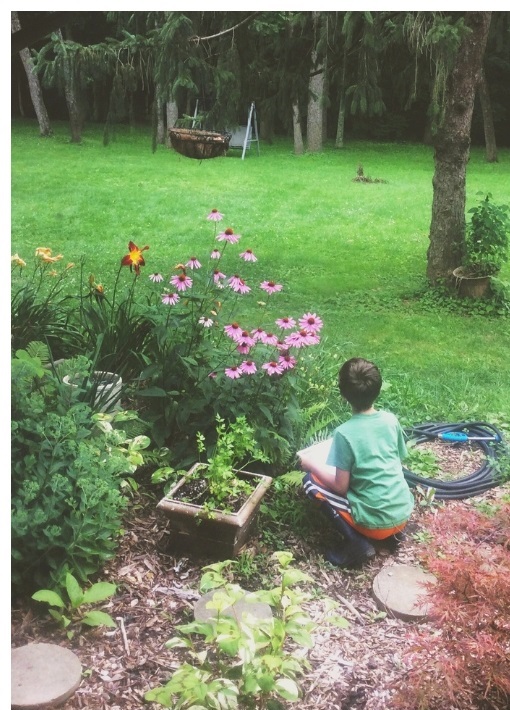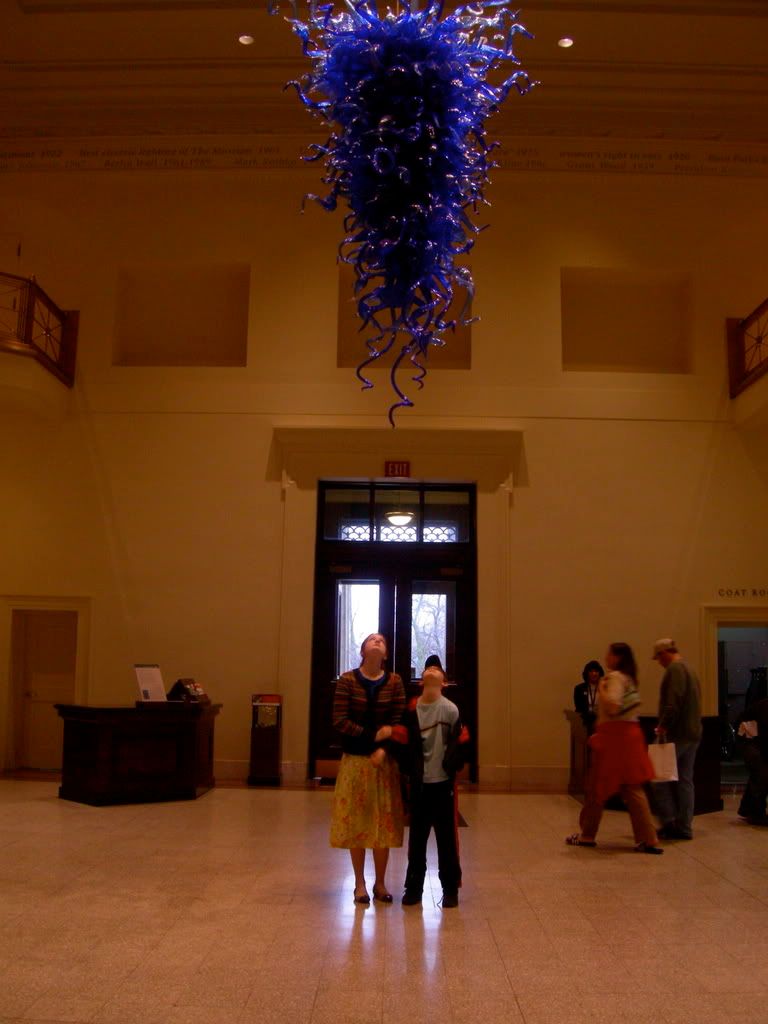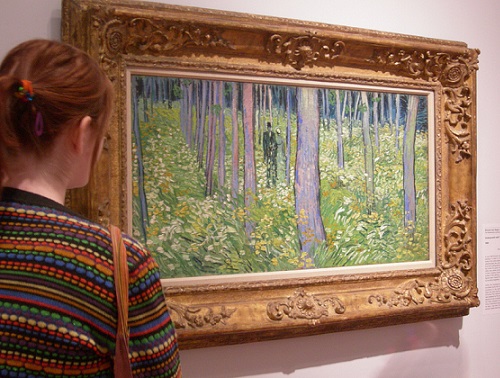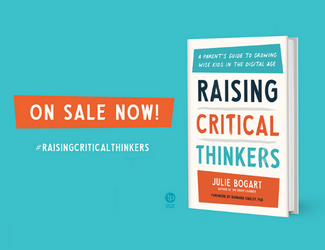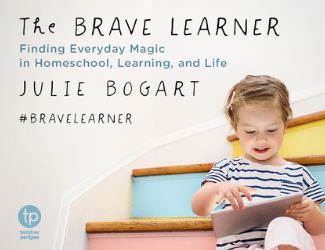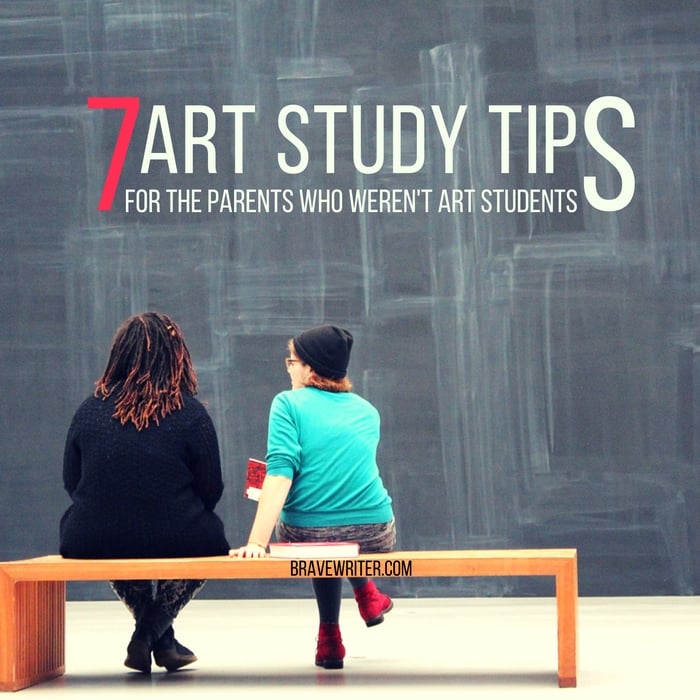
Thought you all might like a little help in encouraging art study in your homes.
1. You don’t have to be an art student.
I am not an art student. I never was. I didn’t “get it” when I studied it in college. As a result, all I have to go on are my immediate impressions of art. So do you…and you can love art with no teaching at all.
2. The place to begin is in an art museum.
Books are fine, but there is NOTHING like seeing a painting up close. The textures are totally lost in books. And to realize that Ruebens or Matisse stood where I am standing at some point in history takes my breath away every time. So go to a musuem–any one will do because there is always at least one painting worth seeing.
3. Before you enter the museum proper,
buy the picture postcard pack of that museum.
This is esp. helpful with kids. Flip through it. Note the paintings that you want to see and then go straight to them. Don’t stop and meander. Start with the good stuff. It is the weirdest thing–just seeing it in a picture first will make the experience of seeing that painting in person even more powerful.
The point is to make the museum your goal and to not be satisfied with mere imitations in prints.
4. Beg, borrow (we did both) or steal
Sister Wendy’s video series, the Story of Painting.
It is so enjoyable and she has such passion for art that you can’t help falling in love with her and the paintings. Gotta love her habit!
5. Put up prints in your house.
I have the four “heads” print of Van Gogh hanging in my office. Every day I see Van Gogh and remember how great he was and is. We have Picasso prints, Alexei Jawelensky and Monet hanging out with us too.
6. When you find a painting you like,
sit in front of it for a length of time.
Really look. Look at the colors. Look at the corners. What’s in them? Focus on the activities and the direction of the faces and who’s looking at whom and what they are possibly saying. Look at the position of the sky and how much canvas it takes up. Look at the interaction of light and shadow. Notice the style and size of brush strokes. These things were all deliberately done for effect. That’s why it’s worth stopping to notice. Talk about them with your kids.
7. When you like a painting, write about it.
I have so enjoyed Charlote Mason’s approach to art appreciation. I keep my comments about paintings on scraps of paper, in notebooks and on the backs of programs. When I write/narrate I find that I “see” more than I knew was there. And then I can recall the painting in my memory from re-reading my writing.


